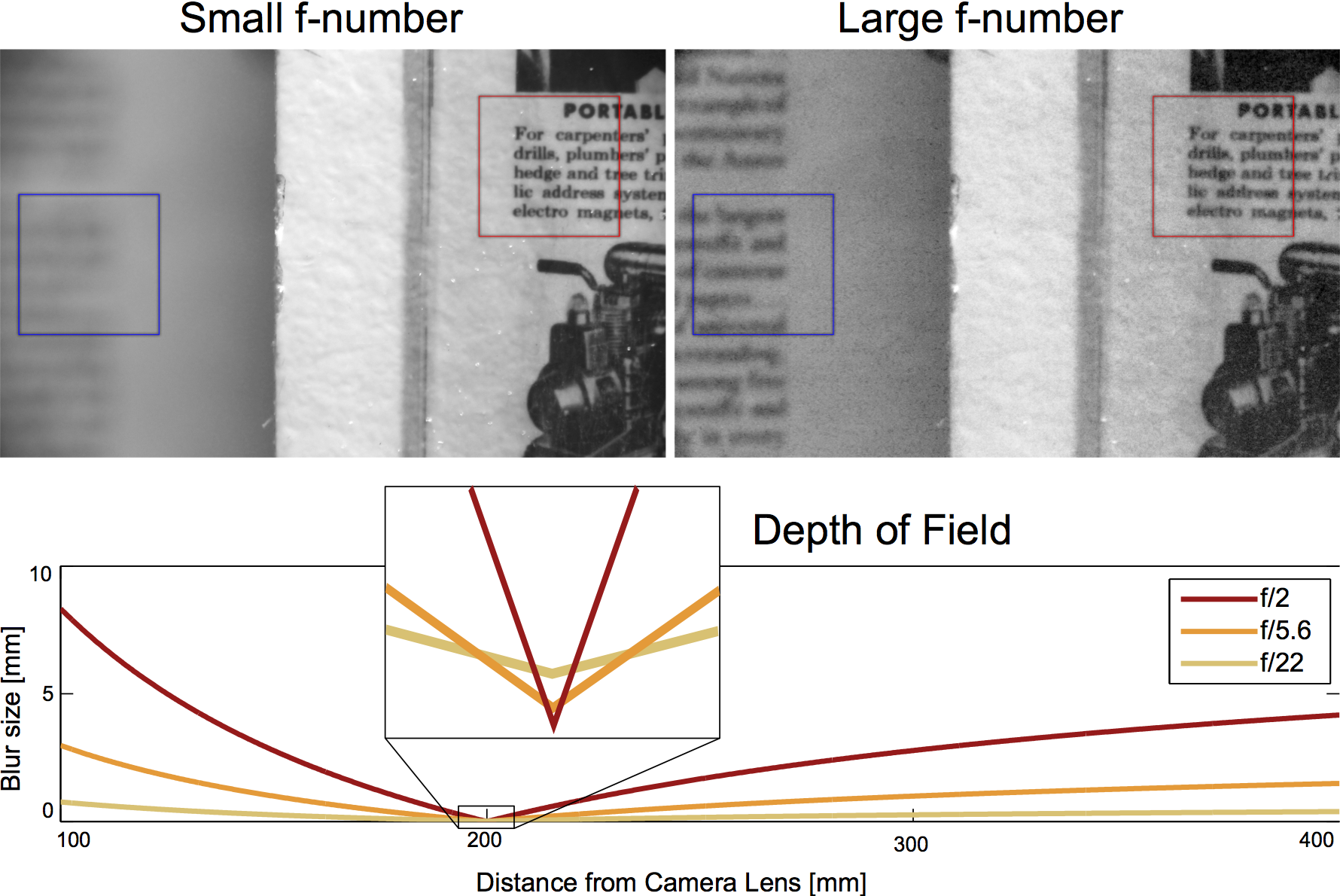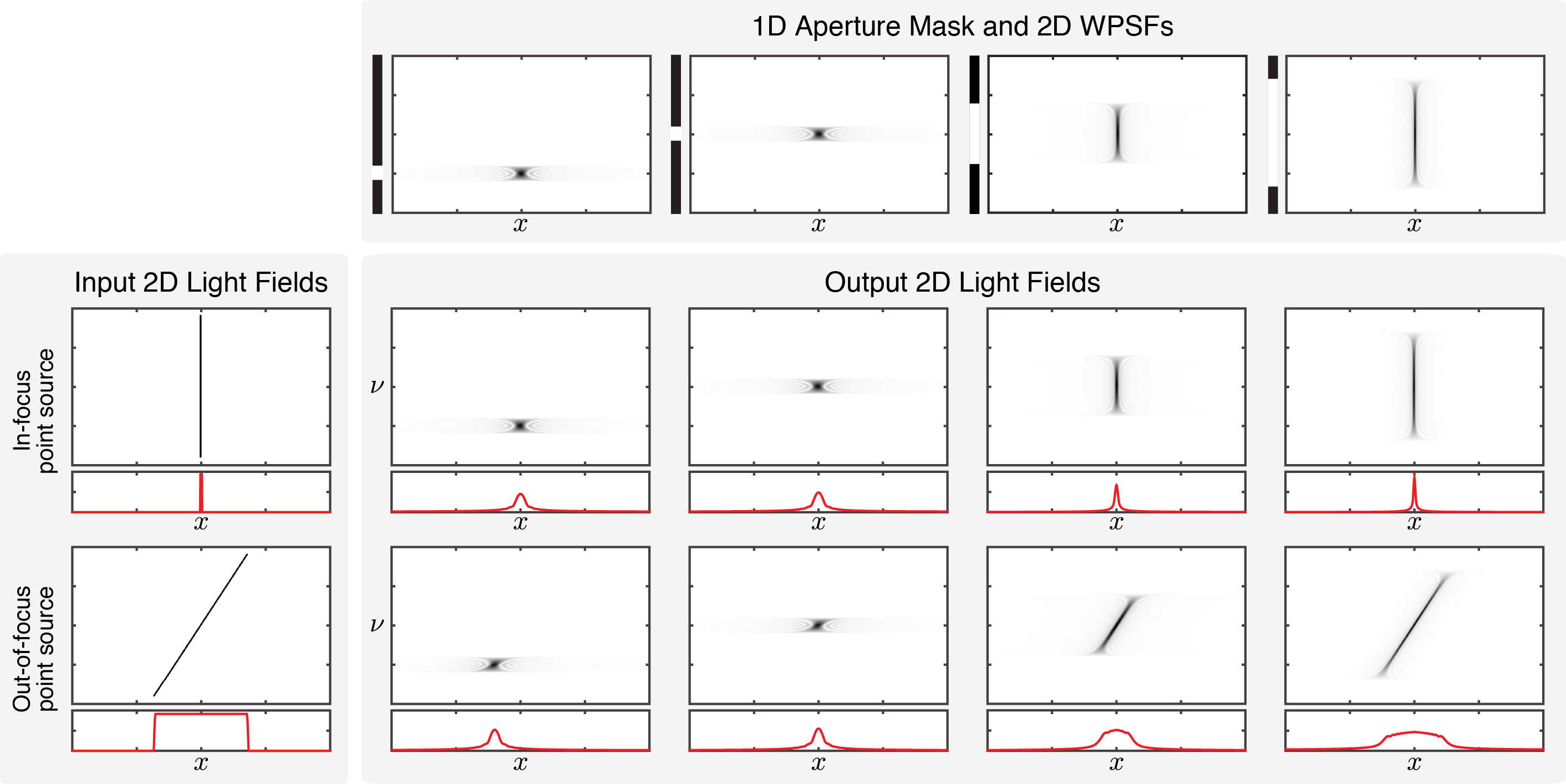ABSTRACT
Light fields have many applications in machine vision, consumer photography, robotics, and microscopy. However, the prevalent resolution limits of existing light field imaging systems hinder widespread adoption. In this paper, we analyze fundamental resolution limits of light field cameras in the diffraction limit. We propose a sequen- tial, coded-aperture-style acquisition scheme that optimizes the resolution of a light field reconstructed from multiple photographs captured from different perspectives and f-number settings. We also show that the proposed acquisition scheme facilitates high dynamic range light field imaging and demonstrate a proof-of-concept prototype system. With this work, we hope to advance our understanding of the resolution limits of light field photography and develop practical computational imaging systems to overcome them.




